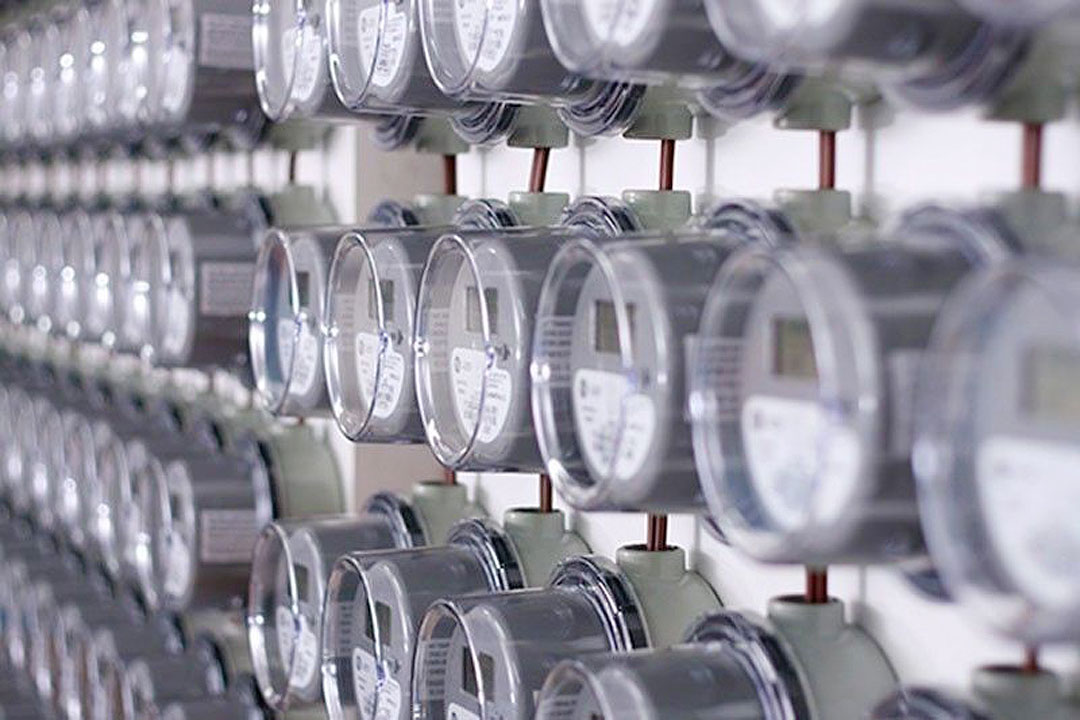
MORE industrial users are joining the retail aggregation program (RAP), opting to choose their preferred power suppliers, the Energy Regulatory Commission (ERC) said.
In a statement on Wednesday, the ERC said EvoEnergi, a retail electricity supplier and affiliate of publicly listed D&L Industries, has formed 10 retail aggregation groups with pooled demand of 9.6 megawatts, allowing it to opt into the RAP.
These companies are involved in real estate, food and chemical manufacturing, paints and plastics, wellness and leisure, logistics, warehousing, textiles, electronics, and retail industries.
“Just a few months ago, we were only dreaming about RAP to help smaller consumers — homeowners, families, residents — and actually feel the impact of lower electricity costs through the power of retail aggregation,” ERC Chairperson Monalisa C. Dimalanta was quoted as saying in a statement on Tuesday.
“Today, we find ourselves facing a milestone we only previously just imagined,” she added.
DMCI Homes, the real estate unit of DMCI Holdings, Inc., recently pioneered RAP in the real estate industry by consolidating the demand of the common areas of its Rosewood Pointe Condominium in Taguig and Tivoli Garden Residences in Mandaluyong.
Its developments — La Verti Residences, Sheridan Towers, One Castilla Place, Flair Towers, Zinnia Towers, and Tivoli Garden Residences have made the switch to Competitive Retail Electricity Market (CREM).
Under CREM, qualified consumers with an average peak demand of at least 500 kilowatts are given a choice to contract with a preferred retail electricity supplier.
RAP, on the other hand, is another customer choice program launched by the ERC which allows loads from multiple end-users within the same franchise area to be aggregated to meet the minimum energy demand requirements.
“From its objective to empower institutions, businesses, and now homeowners, to pool their electricity demand and negotiate better rates with suppliers. Through RAP, more Filipinos are taking charge of their energy destiny, bringing us closer to true energy democracy,” Ms. Dimalanta said. — Sheldeen Joy Talavera



